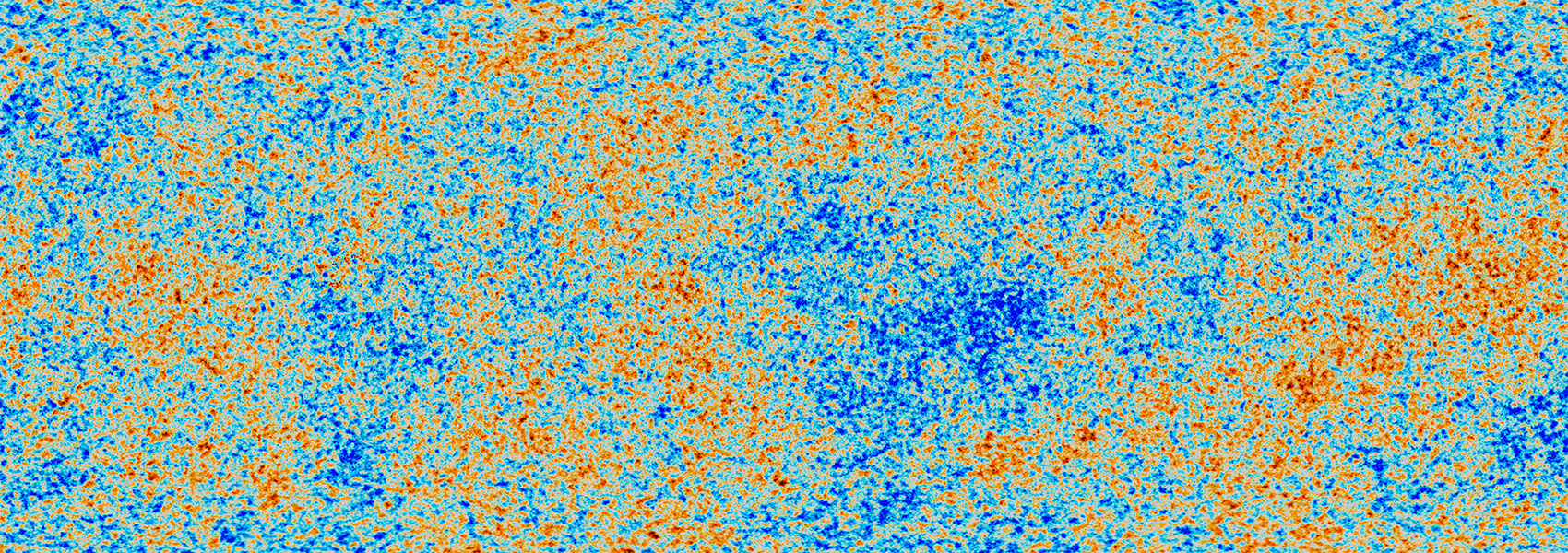
MSA-3D: Dissecting Galaxies at z ∼ 1 with High Spatial and Spectral Resolution
April 2025 • 2025ApJ...983..139B
Abstract
•
Integral field spectroscopy (IFS) is a powerful tool for understanding the formation of galaxies across cosmic history. We present the observing strategy and first results of MSA-3D, a novel JWST program using multi-object spectroscopy in a slit-stepping strategy to produce IFS data cubes. The program observed 43 normal star-forming galaxies at redshifts 0.5 ≲ z ≲ 1.5, corresponding to the epoch when spiral thin-disk galaxies of the modern Hubble sequence are thought to emerge, obtaining kiloparsec-scale maps of rest-frame optical nebular emission lines with spectral resolution R ≃ 2700. Here we describe the multiplexed slit-stepping method, which is >15 times more efficient than the NIRSpec IFS mode for our program. As an example of the data quality, we present a case study of an individual galaxy at z = 1.104 (stellar mass M* = 1010.3M⊙, star formation rate, SFR = 3M⊙ yr‑1) with prominent face-on spiral structure. We show that the galaxy exhibits a rotationally supported disk with moderate velocity dispersion (
Links
- PREPRINT http://arxiv.org/abs/2408.08350
- NED https://ned.ipac.caltech.edu/uri/NED::InRefcode/2025ApJ...983..139B
- ELECTR https://doi.org/10.3847/1538-4357/ada617
- SIMBAD https://simbad.u-strasbg.fr/simbad/sim-ref?querymethod=bib&simbo=on&submit=submit+bibcode&bibcode=2025ApJ...983..139B
- PDF https://iopscience.iop.org/article/10.3847/1538-4357/ada617/pdf
- DATA https://archive.stsci.edu/mastbibref.php?bibcode=2025ApJ...983..139B
- DATA https://doi.org/10.17909/s8wp-5w10



